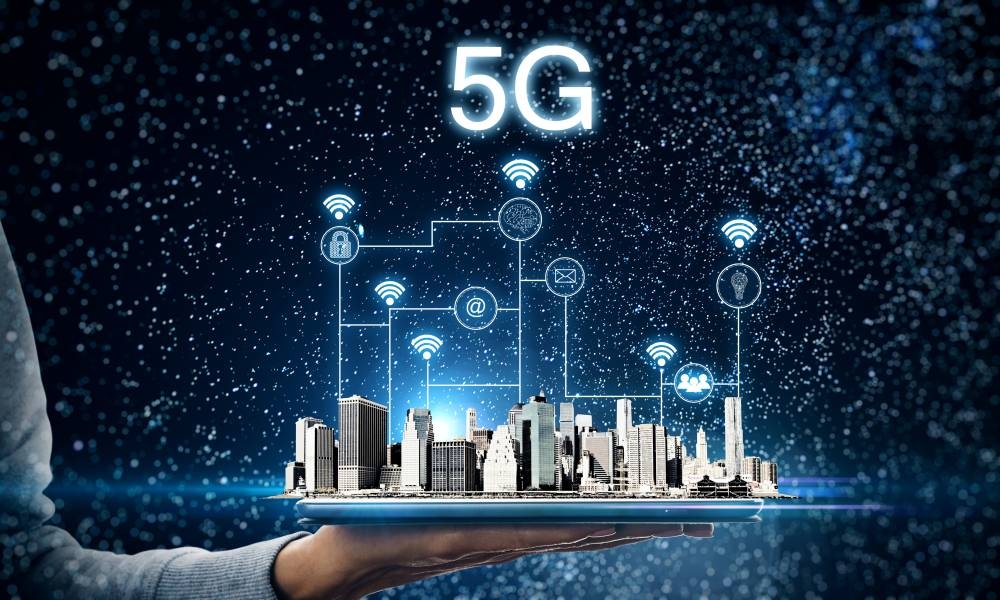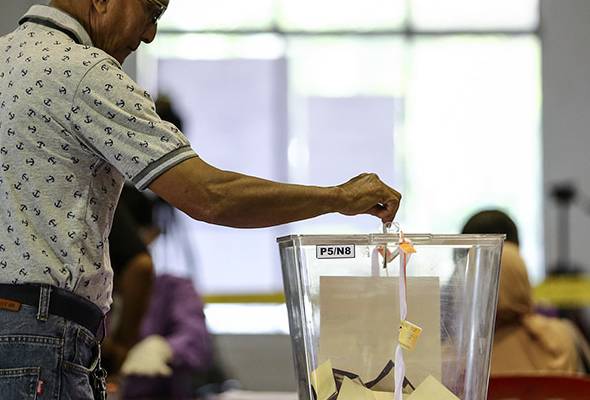
Published by The Malaysian Insight, Sinar Daily, Astro Awani, MYsinchew, BusinessToday, Focus Malaysia & The Star, image by Sinar Daily.
EMIR Research firmly maintains its view that the Single Wholesale Network (SWN) model in all its ownership variations—whether it is wholly owned by the government, wholly owned by Mobile Network Operators (MNOs) or held in joint ownership—is the least preferred model for the new generation network rollout, especially for 5G. This view is rooted in global empirical data, telecom industry specifics and economics.
And in its series of seven articles on DNB-led rollout (all available here), EMIR Research consistently supported this view from various angles—nation-building, technical feasibility, financial and commercial viability, and governance integrity.
More so, the industry experts loudly echoed this opinion and also wrote on numerous occasions on the issue of SWN, even with a specific focus on Malaysia 5G “case study” and even explicitly addressing the DNB officials trying to invoke their reason and sense.
For example, in this insightful insight spotlight, GSM Association (GSMA) Intelligence very succinctly summarises the research done by Oxford University and GSMA Intelligence economists on the outcomes of network sharing deals in Europe, looking at 140 mobile operators in 29 countries.
The data they have collected indicates that there has been an increasing trend in passive infrastructure sharing and roaming, over the years, even for previous generation networks in Europe. In contrast, Multi-Operator Core Network (MOCN), the SWN model, constitutes an extremely meagre portion of all the announced sharing deals, notably remaining at exactly the same meagre level over the 2013-2019 period.
GSMA also underscores that voluntary network sharing (which SWN is not!), such as passive infrastructure sharing and roaming, accelerates deployment, generates significant benefits for operators and consumers, including lower prices and improved network coverage and quality and, therefore, should become an even more significant trend for 5G.
The study of 5G rollout among the top 60 telecoms markets but already worldwide by The Economist Intelligence Unit finds exactly that—passive network sharing is the strong trend for 5G. In comparison, SWN is a clear anti-trend for the 5G rollout as none of those 60 countries adopted the SWN model for their 5G rollout.
Also, in its spotlight, GSMA specifically warns that deploying SWN for 5G would be even more inimical for the industry than for the previous generation networks as it will negatively impact not only the telecom industry itself but industry 4.0. This is because SWN is synonymous with delinking of network ownership from service delivery and thus unavoidably leads to limited network (equipment) innovation, which will negatively impact the rollout of innovative services by the end-users of the network.
5G (and 4IR) is all about this innovation by the end-users rather than by the resellers of the network capacity. Therefore, it requires tight coordination between the network and end-user equipment—a fit-for-purpose network— which is unachievable under the SWN.
And already very specifically, DT Economics LLP, a specialist consulting firm based in London focusing on regulation, competition and expert witness services, being commissioned by GSMA, has produced an independent economic expert report to qualitatively assess the Malaysian proposals for 5G network deployment, list very real risks to Malaysia putting its vision to become a regional leader in the digital economy under serious threat should the country proceed with the DNB proposal. Note that the most serious risks of creating this upstream monopoly remain regardless of the SWN ownership structure.
Looking at all this overwhelming global evidence against the SWN case, you probably can answer yourself whether we would be able to see effective implementation of the 5G network in Malaysia under the approved SWN rollout model even if MNOs hold a 70 per cent stake in it. Something so obvious to the whole world is astonishingly (intentionally or not) out of grasp by Malaysian policy-makers.
The recent decision by the Malaysian government to still stick with the problematic SWN model for the 5G network rollout, despite all the elegant evidence against the SWN case, clearly shows once again that, in this country, data, science, economics and plain logic falls on deaf ears of policy-makers, thus to no avail for the nation-building.
EMIR Research also loudly called for considering alternative solutions (and EMIR Research has provided specific alternatives of “disrupting status quo” worth being explored) that appear to have a greater chance of improving the quality, cost and coverage of Malaysia’s connectivity and evaluating these solutions via comprehensive and transparent regulatory impact analysis. However, sadly and absolutely unacceptable for infrastructure projects of this size, complexity and strategic importance, none of such exercises has been conducted to date, according to the publicly available information, except “choreographed” stakeholders engagements.
Now, the new ownership structure of 70 per cent owned by the MNOs raises new concerns and questions.
No details were provided vis-à-vis the type of shares offered to MNOs versus DNB. This is important to understand the extent to which MNOs would have their say in management.
If MNOs had their say, they would scrap DNB’s “supply-led” “cost recovery” rollout, and we would see at least a more reasonable, demand-driven approach to the 5G rollout. Even though it would still be an upstream monopoly with all the ensuing negative consequences to the Malaysian digital economy as highlighted above.
Do remember, though, that MNOs have different debt levels in their balance sheet structure to put up with the DNB’s cost-recovery model—the fact to which DNB has never given any consideration anyway.
Also, what happened to the concern about MNOs’ involvement in the wholesale market representing a conflict of interest since they are also the retailers?
If MNOs effectively will not have their say, at least in the initial phases of deployment, this looks even more questionable and more like a window dressing only and DNB’s attempt to improve their funding ability through MNOs balance sheet while keeping its contracts intact.
After all, how to even value an entity with a significantly questionable and weak governance structure that does nothing, owns nothing, and already spends money full speed securitising it with uncertain future cash flows? And this is another interesting question regarding how a 70 per cent equity stake will be carved out? How the Board of Directors structure will be with new shareholders? What will be their voting rights? Will, what is “deemed national interests” (usually translated as politician masters interests), overwhelms commercial viability? Will the 70 per cent owners have a say in costs in DNB?
One thing is sure—the public would be very interested to see DNB opening up their books to figure out DNB’s real value. And do not forget that one other fundamental question that DNB has not addressed to date is how many square kilometres are the so-called “population areas”? How many towers will be required? Budgeted amount does it sufficiently cover the required? Then you can count the billions.
The last question, if indeed MNOs actually take up the 70 per cent equity, given amongst them, they have all the skills, knowledge, abilities and wherewithal to deliver, and they can tap into their existing resources, why then the need for DNB? What is their value contribution? If it is to ensure delivery of 5G, why don’t make it a mandatory license condition to MNOs? If it is to ensure 5G coverage in rural areas (though 4G is more than enough given the type of utilisation), then access the Malaysian Communications and Multimedia Commission’s Universal Service Provision (USP) funds to extend the access coverage to rural areas. If DNB exists as a project manager and “contract administrator” of the 5G rollout project, they surely must be one of the most “expensive” project manager cum contract administrator ever in Malaysian history.
Time will show how all of this unfolds. Only, the time is an asset that Malaysia has nearly run out of, and DNB’s semantics acrobatics continue wasting this precious resource.
Dr Rais Hussin is the CEO of EMIR Research, an independent think tank focused on strategic policy recommendations based on rigorous research.

